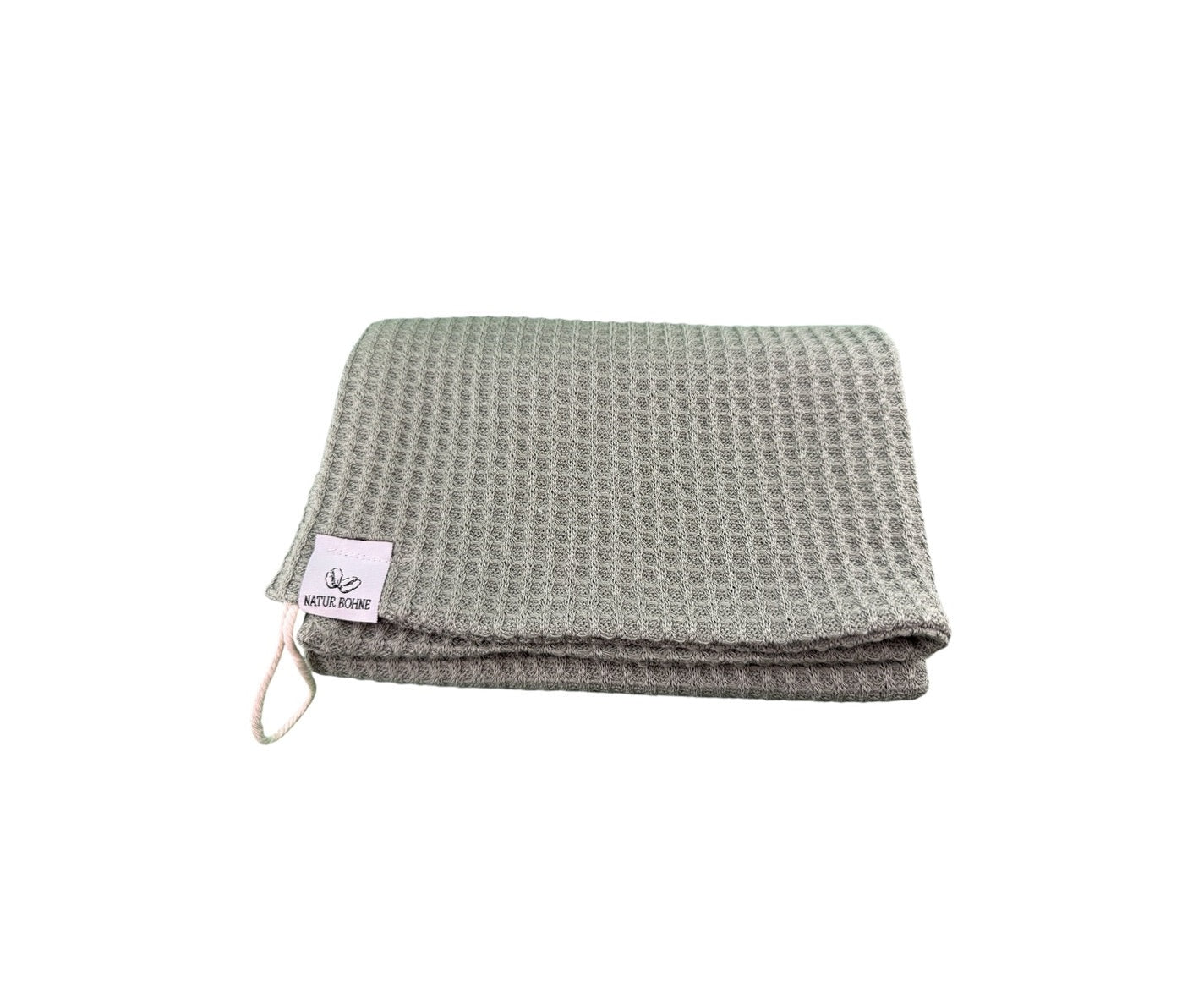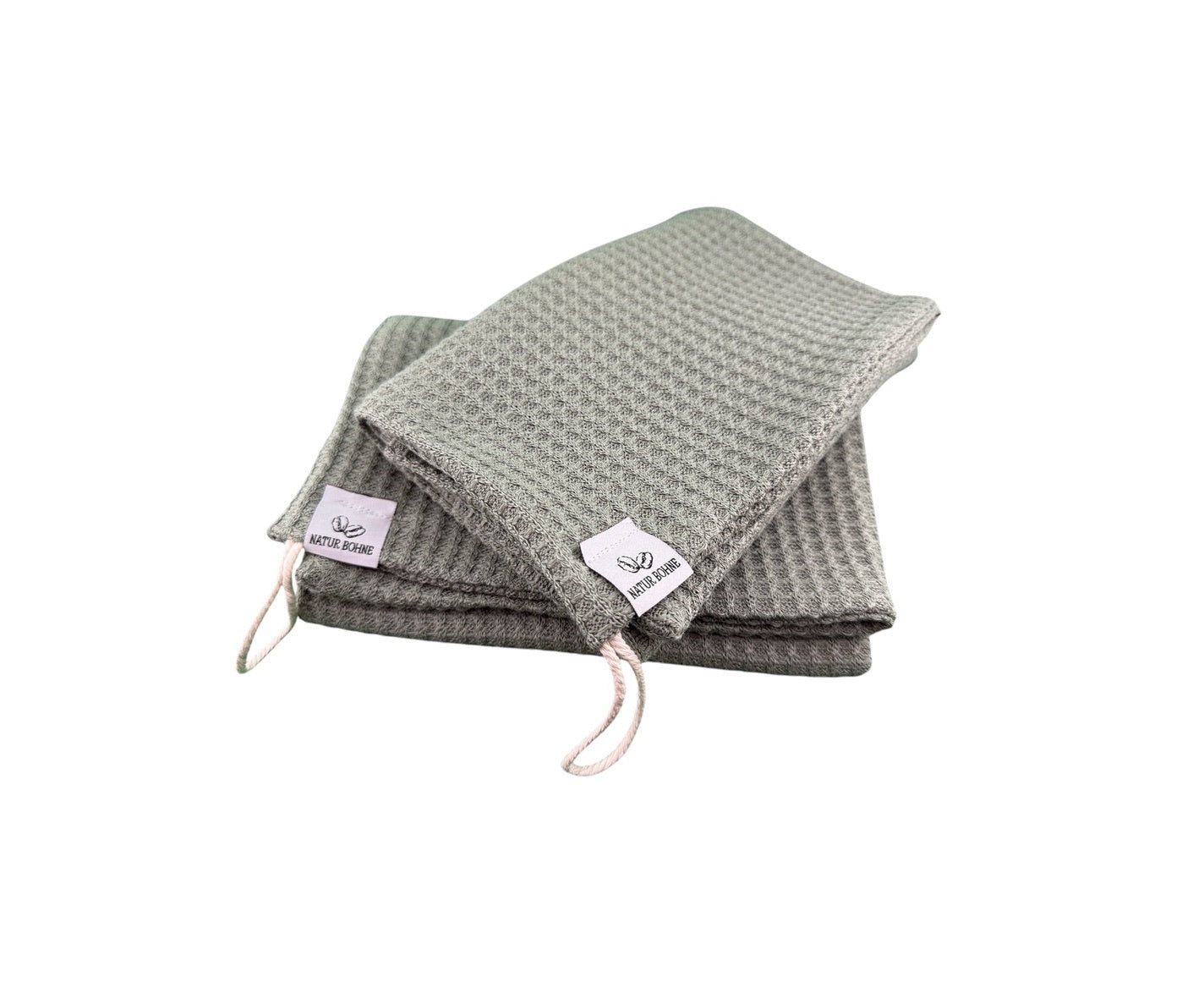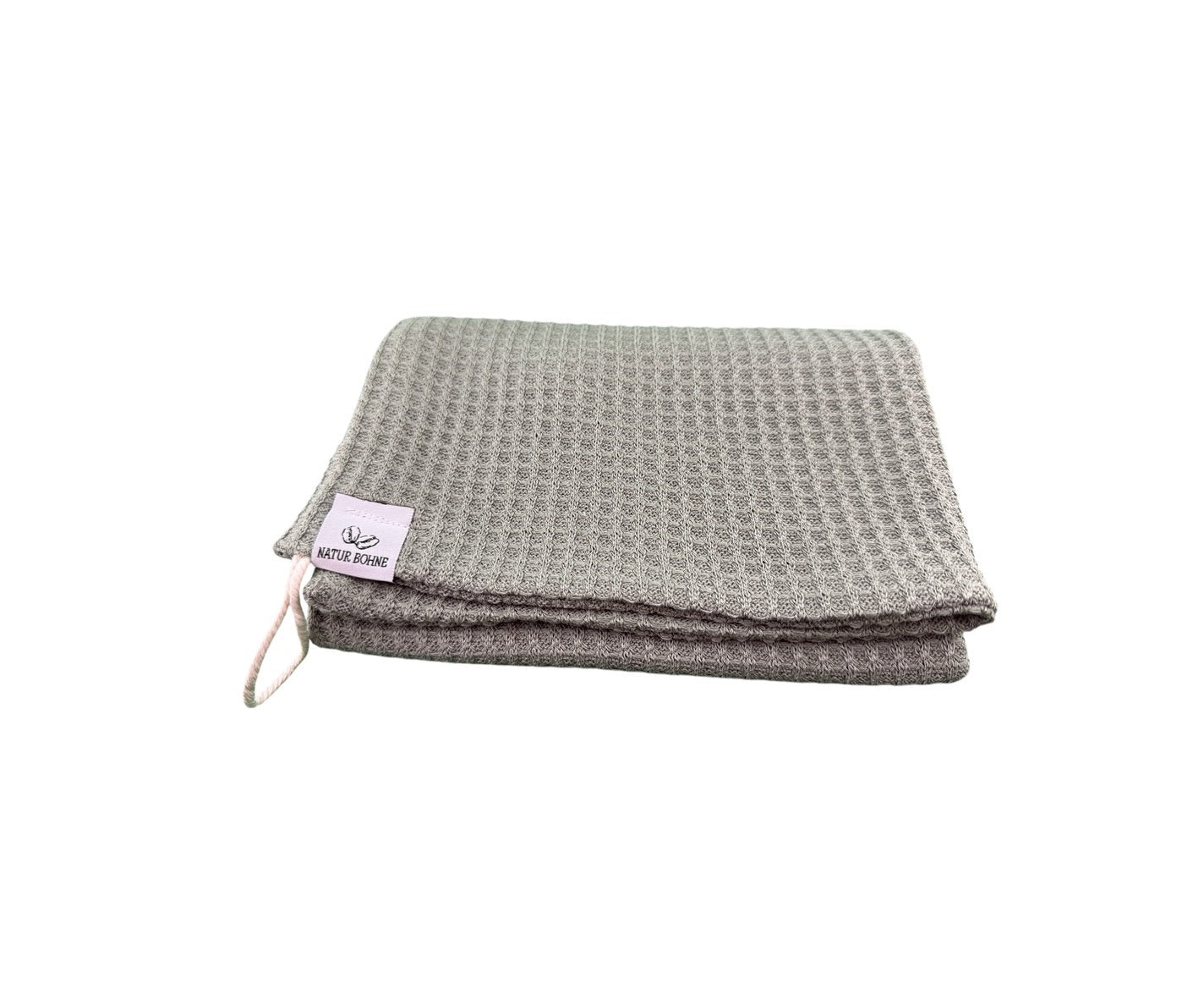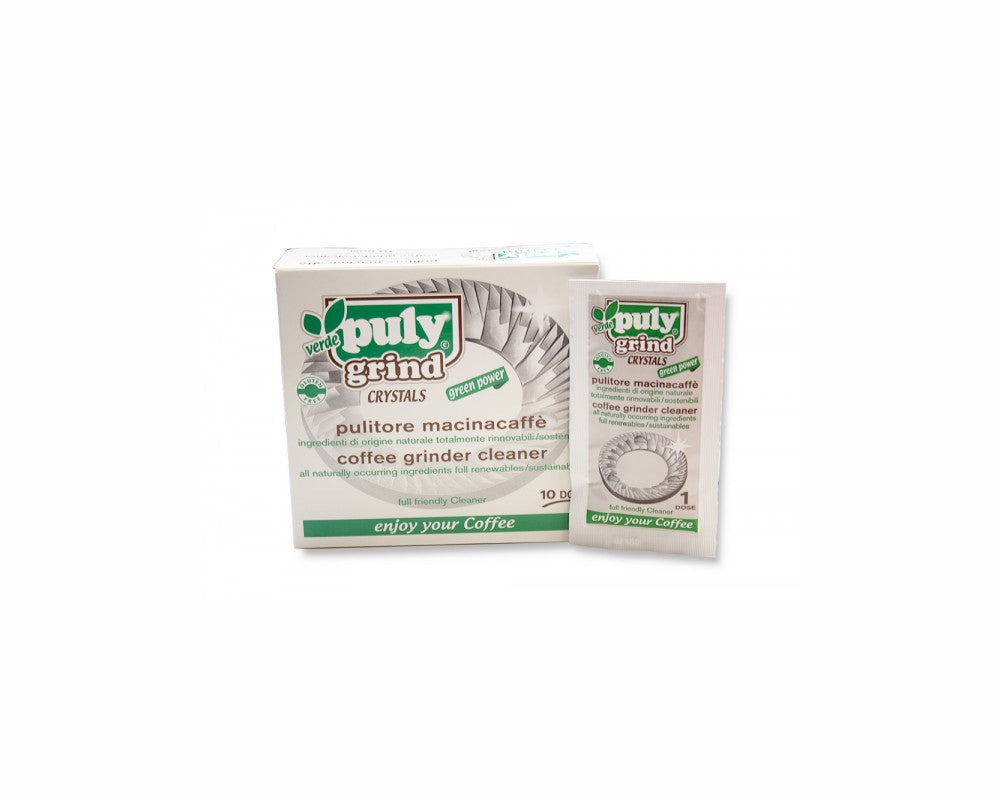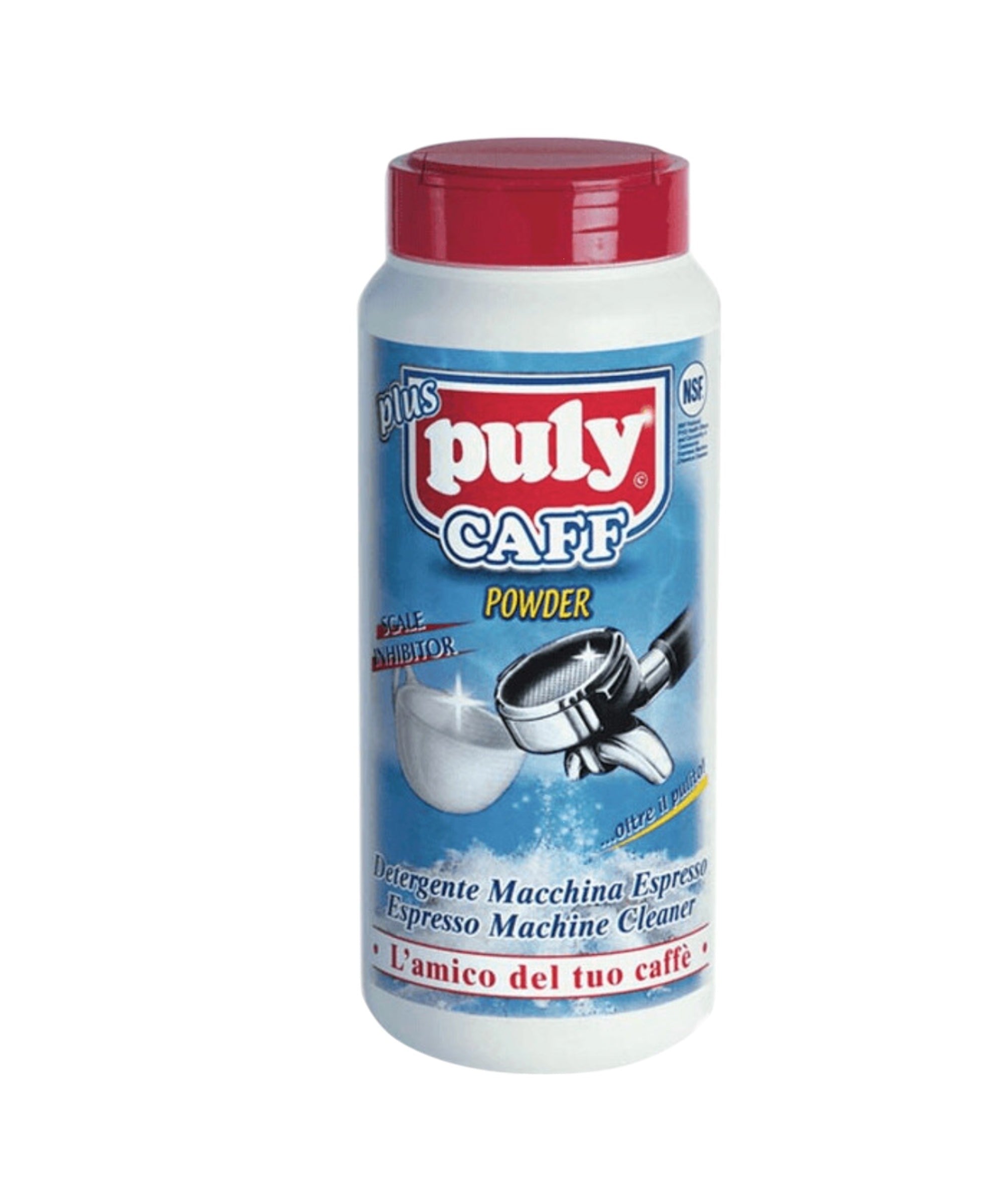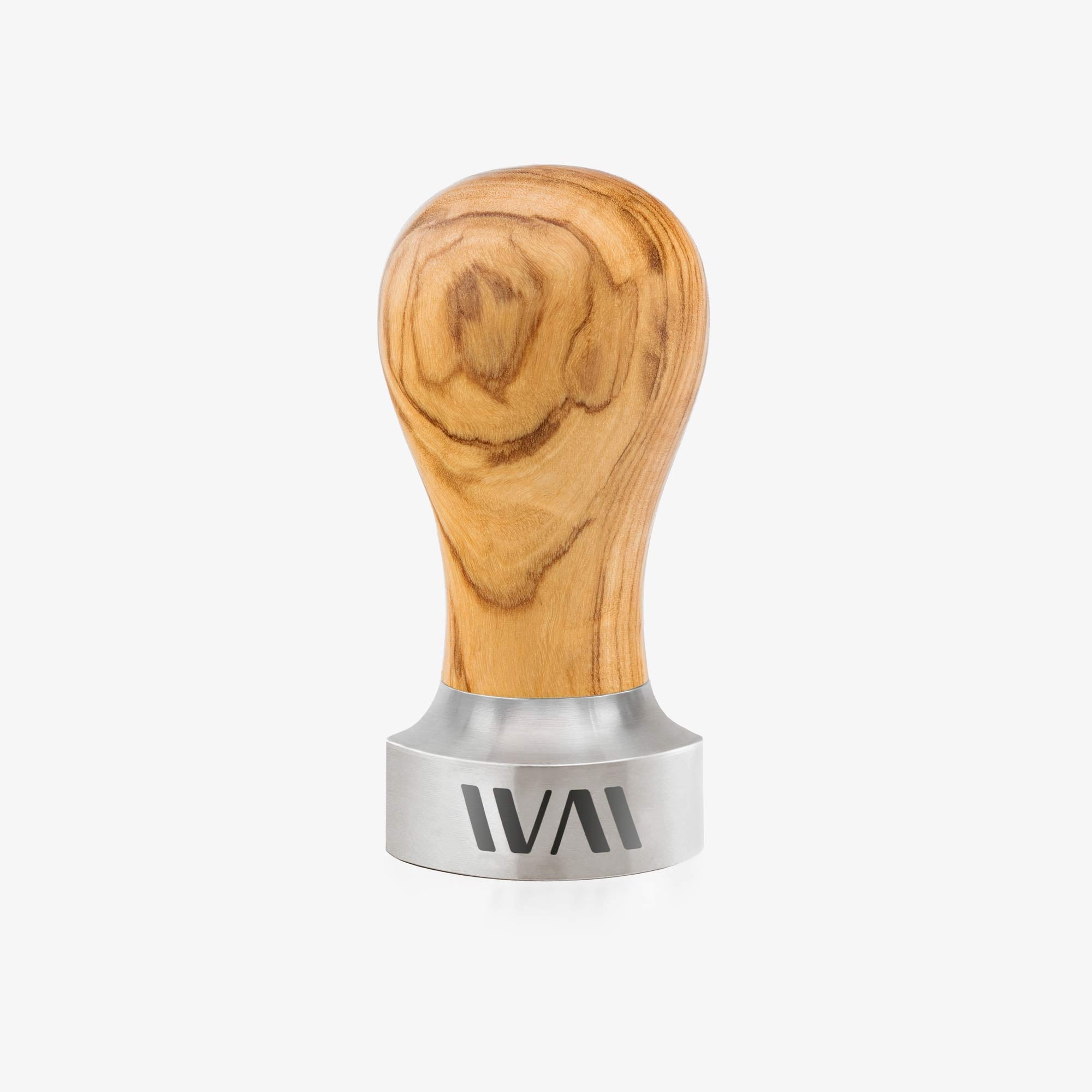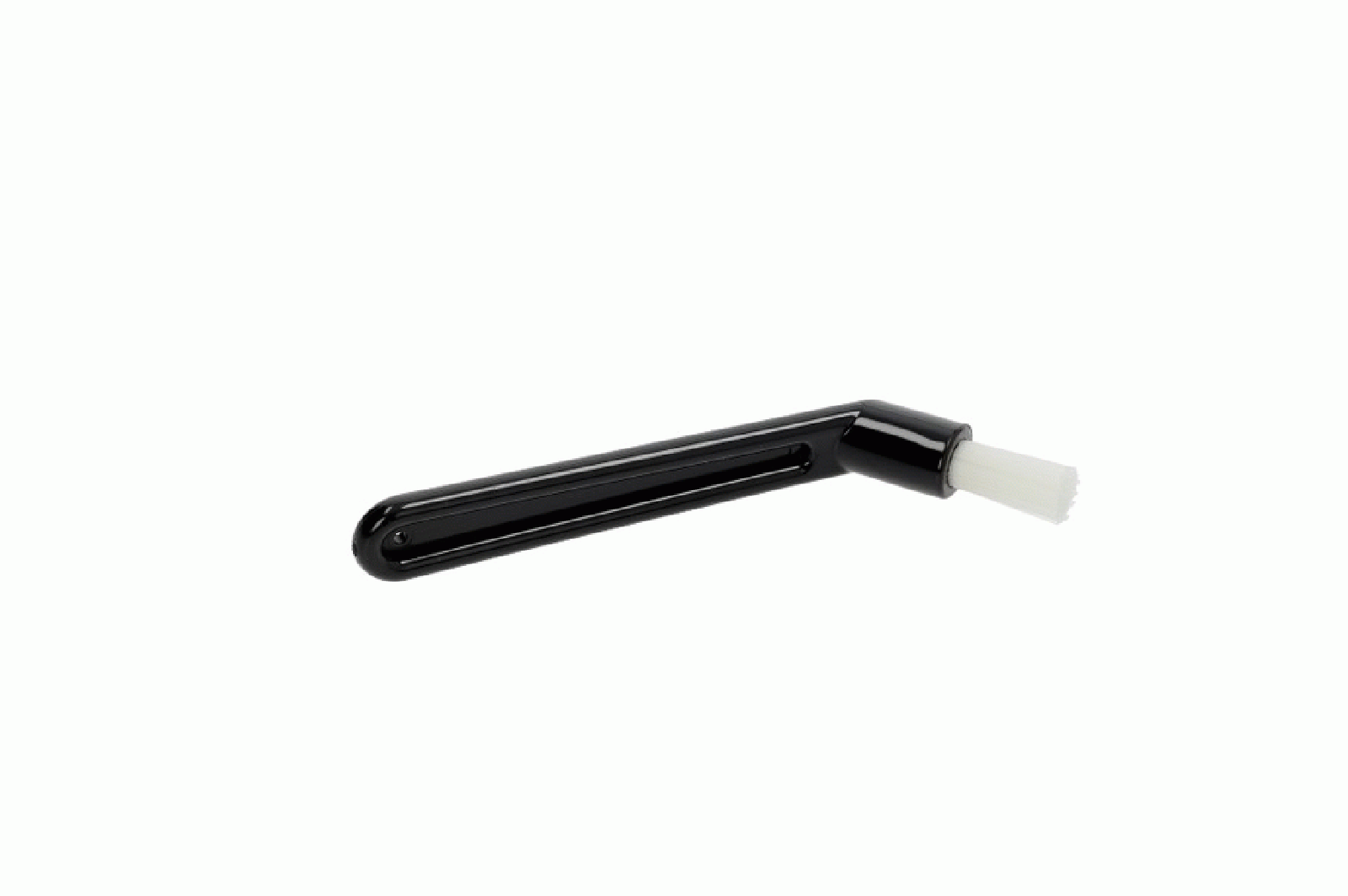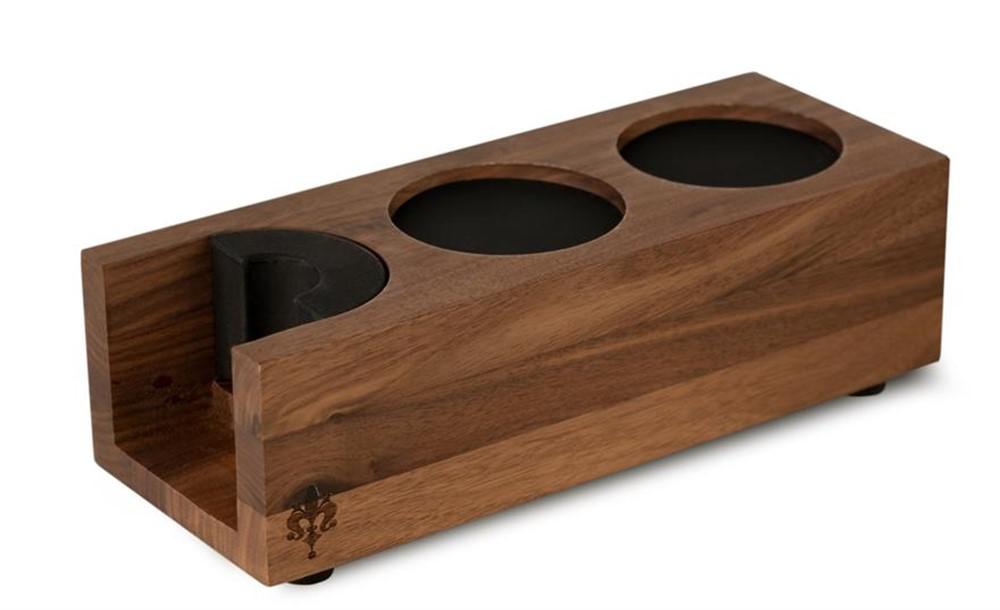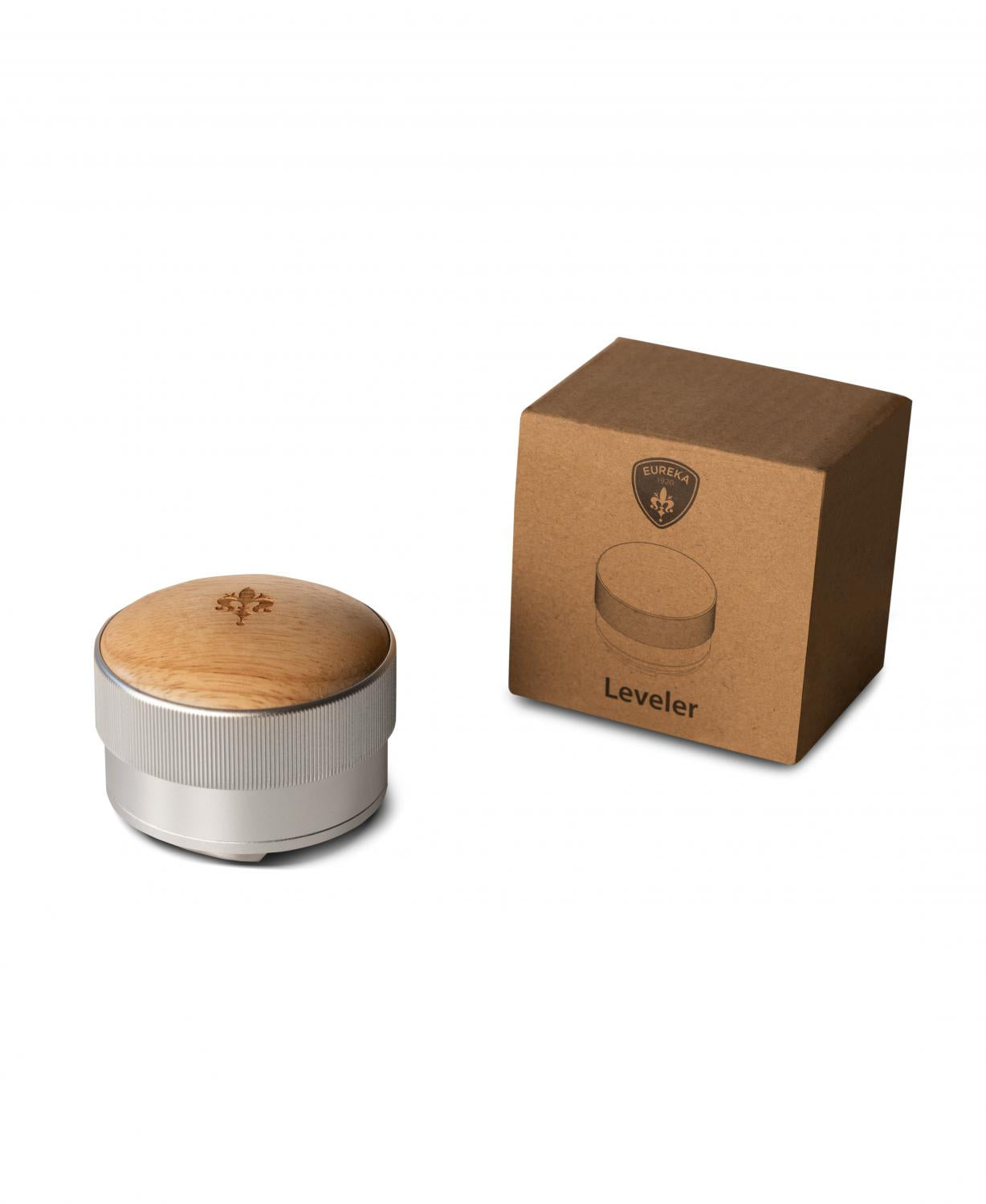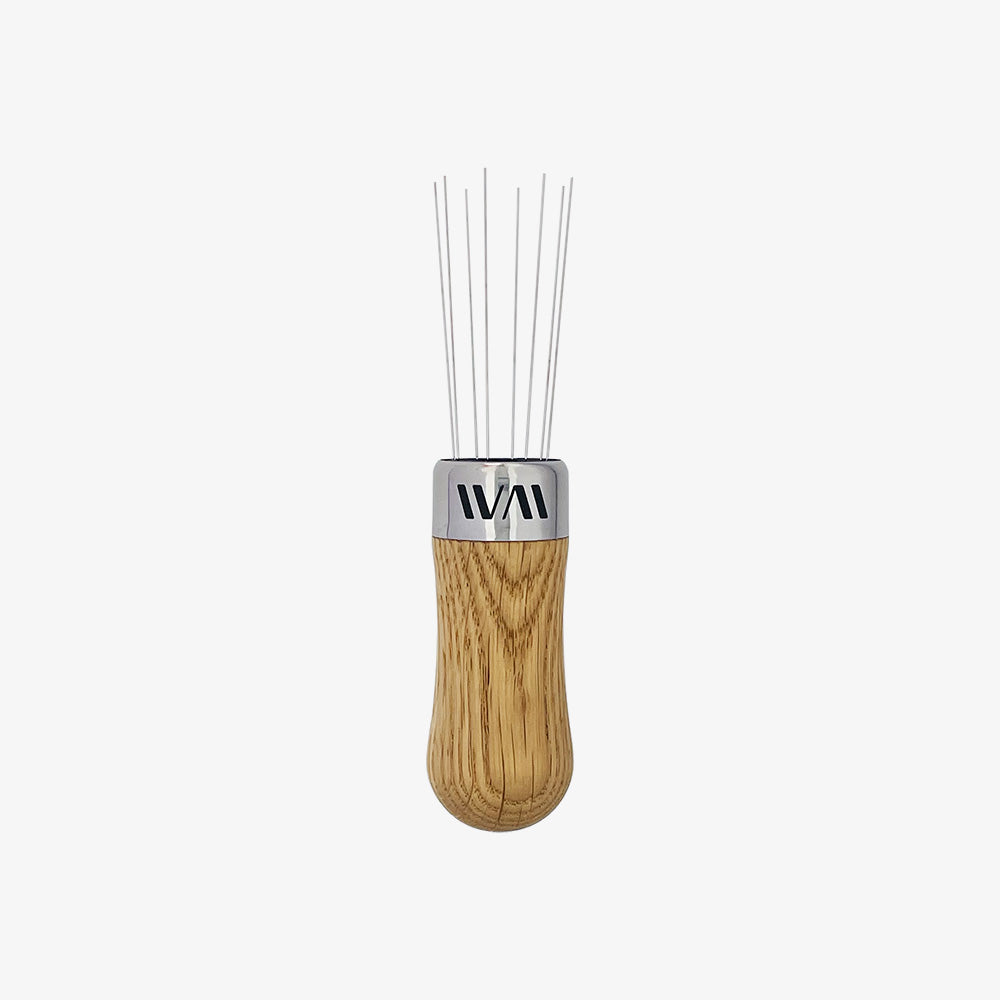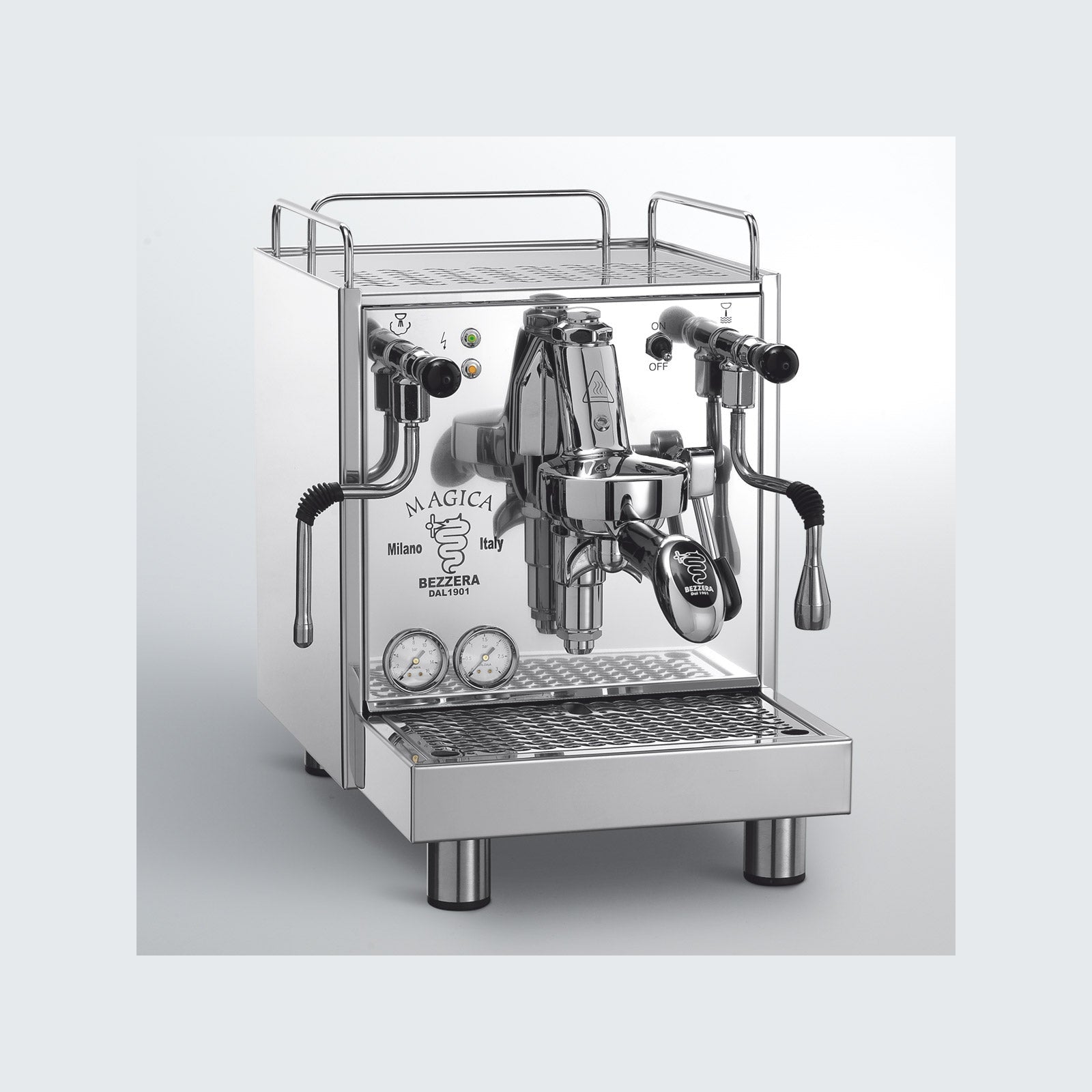
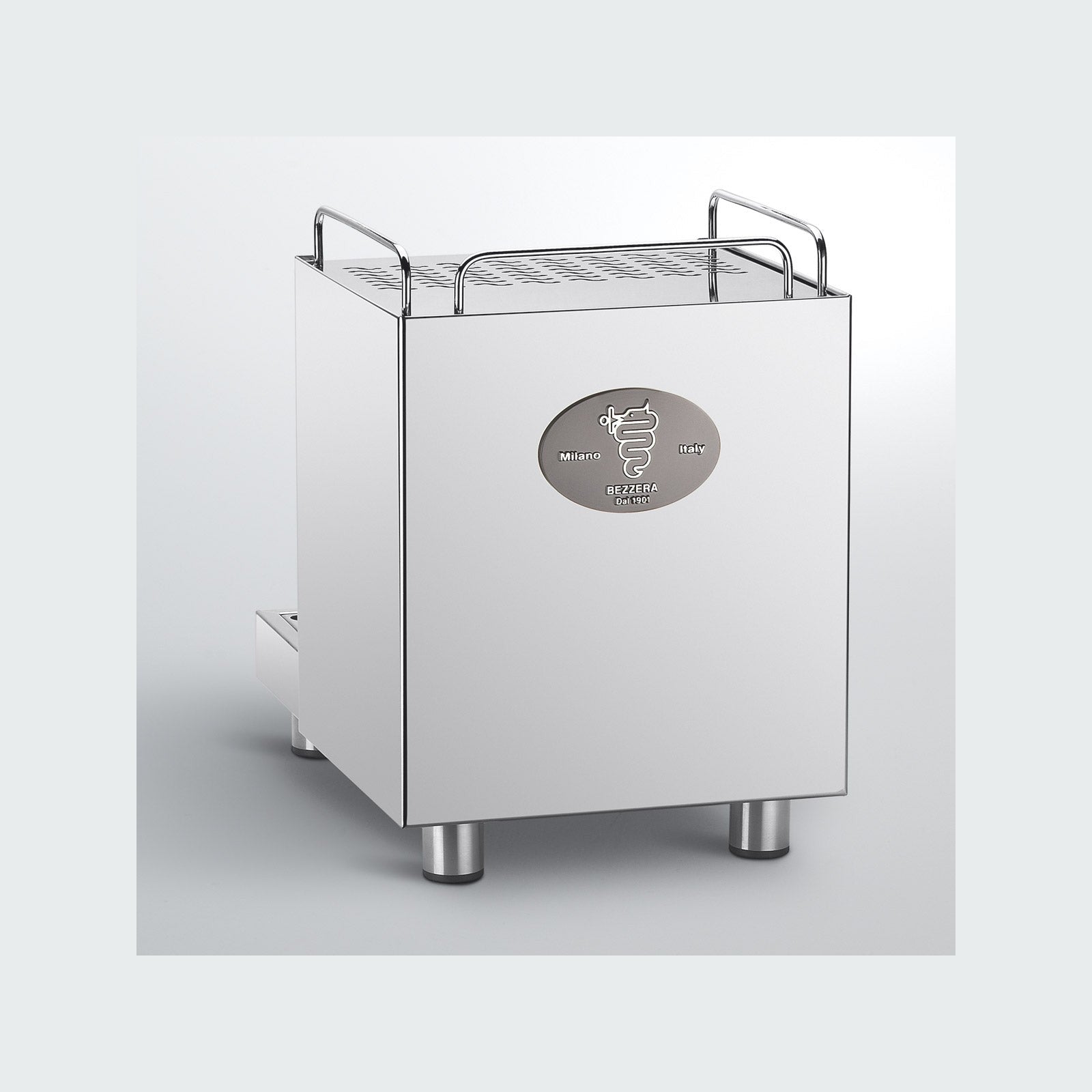
Bezzera Magica
Finanzieren ab 73,00 € / Monat* mit
inkl. Mehrwertsteuer
🚚 Náklady na doručenie v EÚ: 20 €
Náklady na doručenie v EÚ, pozri zásady doručenia.
Passt wunderbar dazu

Bezzera Magica
Die Bezzera Magica S MN ist eine hochwertige Siebträgermaschine im klassischen Design – gefertigt in Italien und ideal für anspruchsvolle Einsteiger in die Welt des Espressos. Mit der legendären E61-Brühgruppe, einem leistungsstarken Kupferkessel und robustem Edelstahlgehäuse steht sie für traditionelle Handwerkskunst und kompromisslose Qualität. Das 2-Kreiser-System mit Thermosyphon-Technologie erlaubt das gleichzeitige Brühen und Milchaufschäumen – perfekt für Espresso, Cappuccino und Latte Macchiato. Die neue Version glänzt durch ein überarbeitetes Manometer-Design, eine saubere, gebördelte Verarbeitung und schwarze Griffe für einen modernen Kontrast zum polierten Edelstahlgehäuse. Fazit: Die Bezzera Magica S MN ist eine zuverlässige, elegante Espressomaschine mit professionellen Komponenten und klassischer Optik – ideal für alle, die italienischen Espressogenuss zuhause in Café-Qualität erleben wollen. Ihr Preis-Leistungs-Verhältnis sucht in dieser Klasse ihresgleichen.Bezzera Magica S MN – Klassischer Zweikreiser mit E61-Brühgruppe
Stärken der Magica S MN
Technische Daten
Maschinentyp
Zweikreiser mit Wärmetauscher
Brühgruppe
FAEMA E61 (Thermosyphon beheizt)
Kesselmaterial
Meď
Kesselvolumen
2,0 Liter
Wassertank
3,0 Liter (abnehmbar)
Pumpe
Vibrationspumpe (ULKA, 12–15 Bar)
Steuerung
Pressostat
Manometer
2 (Pumpen- und Kesseldruck)
PID
Nie
Aufheizzeit
ca. 15–20 Minuten
Leistung
1350 Watt
Abmessungen (BxTxH)
30 x 42,5 x 41,5 cm
Gewicht
ca. 23 kg
Gehäuse
Edelstahl poliert
Besonderheiten
Kippventile, Tassenreling, neue Tropfgitter
Lieferumfang
Angaben zum Hersteller
Upgrade für deine Siebträgermaschine
Passendes Zubehör
If you have any questions, please feel free to contact us at any time. We will get back to you as soon as possible, within 24 hours on weekdays.
-
Shipping info
We ship all products the same day if ordered before 1pm.
-
Support
We will also be there to support you and advise you after your purchase. If you have any questions about the product you purchased from us, please contact us.
-
Kontakt
Email: hello@naturbohne.de
Telefon: 07454 / 870 48 64
Frequently Asked Questions
I bought a new coffee grinder from Naturbohne and there are coffee residues in it.
Please note: Some manufacturers test their coffee grinders before shipping, which means that small coffee residues or bean residues can occasionally be found in the grinder. This procedure is used to test functionality and is considered a quality feature. Of course, we only sell new products - unless expressly stated otherwise.
Static charge – coffee grounds spray out from the side
With some coffee grinders, the ground coffee can become statically charged and spray out of the portafilter at the side. This means that not all of the ground coffee gets into the portafilter, which can lead to uneven extraction. Our recommendation: Use a dosing funnel to ensure that all of the ground coffee is precisely fed into the portafilter - for optimal espresso enjoyment.
What is dead space in coffee grinders?
Conventional coffee grinders often leave a so-called dead space in which coffee residues accumulate. These residues can not only affect the freshness, but also lead to old and fresh coffee grounds being mixed, which negatively affects the taste. In contrast, single dose grinders have a well-thought-out design that eliminates the dead space. Each portion is ground individually and precisely so that no residues are left behind - for a consistently pure and full-bodied coffee experience.
Which portafilter fits my espresso machine?
When choosing the right portafilter for your portafilter machine, it is important to know that each manufacturer develops its own brewing group - the most well-known is the Faema E61. However, this does not mean that any portafilter will fit without any problems. An incompatible portafilter can leak, which will have a direct negative impact on the quality of your espresso. We therefore recommend using either the portafilter originally supplied or one that is explicitly stated to be compatible with your machine. This will ensure that the pressure is optimally built up and the espresso is perfectly extracted.
Can I visit you or pick up the goods personally?
Yes, of course, you are welcome to come by and look at our products by appointment. We would be happy to advise you personally. The best thing to do is to send us an email with a few suggested appointment times.
We are located 5 minutes from the motorway between Stuttgart and Lake Constance on the edge of the Black Forest.
Important note, first use coffee grinders
Another little tip for the perfect start with your new mill:
You will get the best grinding result after you have ground about 1-2 kg of beans. It is best to use a few cheap beans so that the grinder can work optimally. And if you are wondering what you can do with the bean flour - it is perfect plant fertilizer! 🌿
It contains nitrogen, potassium, sulfur and phosphorus and is a real nutrient bomb for your plants.
Könnt ihr bei meiner Siebträgermaschine eine Offset Kalibrierung durchführen ?
Es gibt einige Argumente, die gegen eine Offset-Kalibrierung bei Lelit-Siebträgermaschinen sprechen, insbesondere bei Modellen wie der Lelit Bianca. Diese beziehen sich vor allem auf die Komplexität und die Limitierungen des Offsets als alleinige Lösung für Temperaturprobleme:
- Temperaturschwankungen und Instabilität. Der Offset berücksichtigt eine konstante Differenz zwischen Kesseltemperatur und Brühtemperatur. In der Praxis können jedoch Temperaturschwankungen auftreten, z. B. durch längere Standzeiten oder kontinuierliches Brühen. Dadurch ist die tatsächliche Brühtemperatur nicht immer präzise vorhersehbar.
- Abhängigkeit von Umgebungsbedingungen. Faktoren wie Raumtemperatur, Luftfeuchtigkeit und der Zustand der Maschine (z. B. Aufheizzeit) beeinflussen die Brühtemperatur erheblich. Ein fester Offset kann diese Variablen nicht dynamisch ausgleichen, was zu ungenauen Ergebnissen führen kann.
- Wärmeverlust bei Standzeiten. Nach längeren Pausen kühlt die Brühgruppe ab, und die Maschine benötigt Zeit, um wieder auf die gewünschte Temperatur zu kommen. Ein korrekt eingestellter Offset kann dies nicht kompensieren, weshalb zusätzliche Maßnahmen wie ein “Cooling Flush” nötig sind.
- Fehlkalibrierungen ab Werk. Bei einigen Lelit-Modellen wurde festgestellt, dass der Offset ab Werk oft ungenau eingestellt ist (z. B. 4–8 Grad zu niedrig bei der Lelit Bianca). Dies erfordert eine manuelle Nachkalibrierung durch Fachpersonal, was für Endnutzer kompliziert sein kann.
- Missverständnisse in der Anwendung. Viele Nutzer sind durch widersprüchliche Informationen zur Offset-Einstellung verunsichert, was zu Fehlanpassungen führen kann. Beispielsweise wird oft erwartet, dass der Offset allein alle Temperaturprobleme löst, obwohl er nur ein Teil eines komplexeren Systems ist.
Fazit
Die Offset-Kalibrierung ist ein nützliches Werkzeug, aber sie sollte nicht isoliert betrachtet werden. Eine Kombination aus präziser PID-Steuerung, regelmäßiger Wartung und angepassten Techniken (z. B. Spülshots) ist notwendig, um optimale Brühergebnisse zu erzielen.
Do you have any more questions?
Kontakt
If you have any questions about our products, please write to us here or use the chat function.
